Hearing loss is often perceived as affecting only the elderly, but the truth is far more nuanced. As we approach World Hearing Day 2024, themed “Changing mindsets: Let’s make ear and hearing care a reality for all!”, it’s time to challenge the stereotype that hearing impairment is exclusively an affliction of the aging population. It can affect all age groups, and understanding its varied causes and manifestations is essential to take early action.
Myth: “I don’t have to worry about hearing loss until I’m much older”
In reality, a growing number of young people are grappling with hearing challenges, for many reasons, such as exposure to loud environments, frequent use of headphones at high volumes, or underlying medical conditions including as a result of infections. According to the World Health Organisation (WHO), more than one billion people worldwide aged 12 to 35 years risk losing their hearing due to prolonged and excessive exposure to loud music and other recreational sounds.
Myth: “If I had hearing loss, it would have been picked up by now”
The majority of hearing loss goes undiagnosed and untreated; according to the WHO, globally, over 80% of ear and hearing care needs remain undetected. The international study series EuroTrak shows that even among people aware of their hearing impairment, a large number avoids any medical diagnosis and therapy.[1] For instance, in Germany, 19% (or 1.75 million) of people aware of some kind of hearing loss do not seek a diagnosis by an Ear, Nose and Throat Doctor.[2] Consequently, they remain without adequate therapy (mostly administered through hearing aids) that could significantly boost their quality of life.[3]
While many are familiar with some of the most common forms of hearing loss (e.g. noise induced or age related), there is a less acknowledged but equally significant type – so called hidden hearing loss. Unlike the more common hearing impairments, hidden hearing loss doesn’t necessarily manifest in standard hearing tests. Instead, it involves damage to the auditory nerve, making it challenging to detect through conventional screenings. While it is difficult to ascertain the scale of this issue, research has suggested that between 10-15% of people who attend for hearing screening may leave without a clear diagnosis.[4],[5] Work is now ongoing to devise new tests that can accurately assess this type of hearing loss. Recognizing and addressing hidden hearing loss will be pivotal in providing comprehensive care and support to those affected.
Myth: “Hearing loss is simply a physical problem”
Living with hearing loss extends far beyond the physical challenges; it encompasses complex psychological and social aspects. Living with an untreated hearing impairment can lead to feelings of isolation and hinder social interactions. The WHO Hearing Report 2021 noted a strong link between untreated hearing loss and low self-esteem. This and a tendency to avoid conversations and any kind of social gathering can significantly impact the families and communication partners of those living with the condition. Research also shows a strong link between untreated hearing loss and declining cognitive capabilities, possibly even leading to a higher risk of dementia.[6] On the other hand, recent research has shown that timely hearing care intervention may have a remedial effect: For instance, the 2023 Achieve Study showed that “in older adults at increased risk for cognitive decline, hearing intervention slowed down loss of thinking and memory abilities by 48% over 3 years.”[7]
World Hearing Day helps raise awareness
Overall, creating a more inclusive perspective on hearing loss involves not only recognizing its prevalence across age groups but also understanding the diverse ways in which it can impact individuals. By challenging preconceived notions and fostering open conversations, we can create an environment where those with hearing loss feel supported, understood and motivated to take action (i.e. seek medical diagnosis and professional hearing care). World Hearing Day serves as a reminder to break down barriers, raise awareness, and advocate for policies that prioritize ear and hearing care for everyone.
World Hearing Day 2024 offers a unique opportunity for education and engagement when it comes to hearing loss at every age. The WHO has developed a wealth of evidence-based advocacy materials to support the objectives of World Hearing Day, including brochures, flyers, posters, banners, and infographics, all available on their website. The WHO “Make Listening Safe” initiative continues to advocate and inform, while the Organisation has also developed an app called hearWHO, which allows people to check their hearing regularly. The app is targeted at those who are at risk of hearing loss or who already experience some of the symptoms related to hearing loss.
[1] https://www.ehima.com/surveys/
[2] Source: German Hearing Health Initiative https://www.xn--initiative-hrgesundheit-jlc.de/eurotrak
[3] 96% of people in Germany using hearing aids report a higher quality of life. 59% regret not having been treated earlier. https://www.xn--initiative-hrgesundheit-jlc.de/images/download/EuroTrak%20H%C3%B6rstudie%20Deutschland%202022_erl%C3%A4utert.pdf
[4] https://elifesciences.org/articles/51419
[5] https://pubmed.ncbi.nlm.nih.gov/29254853/
[6] https://www.thelancet.com/article/S0140-6736(20)30367-6/fulltext

